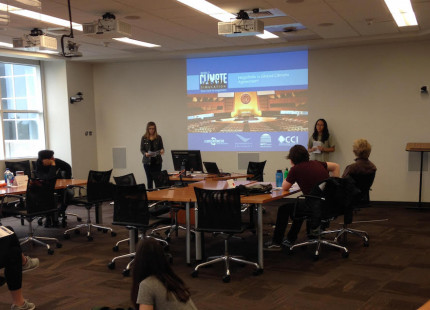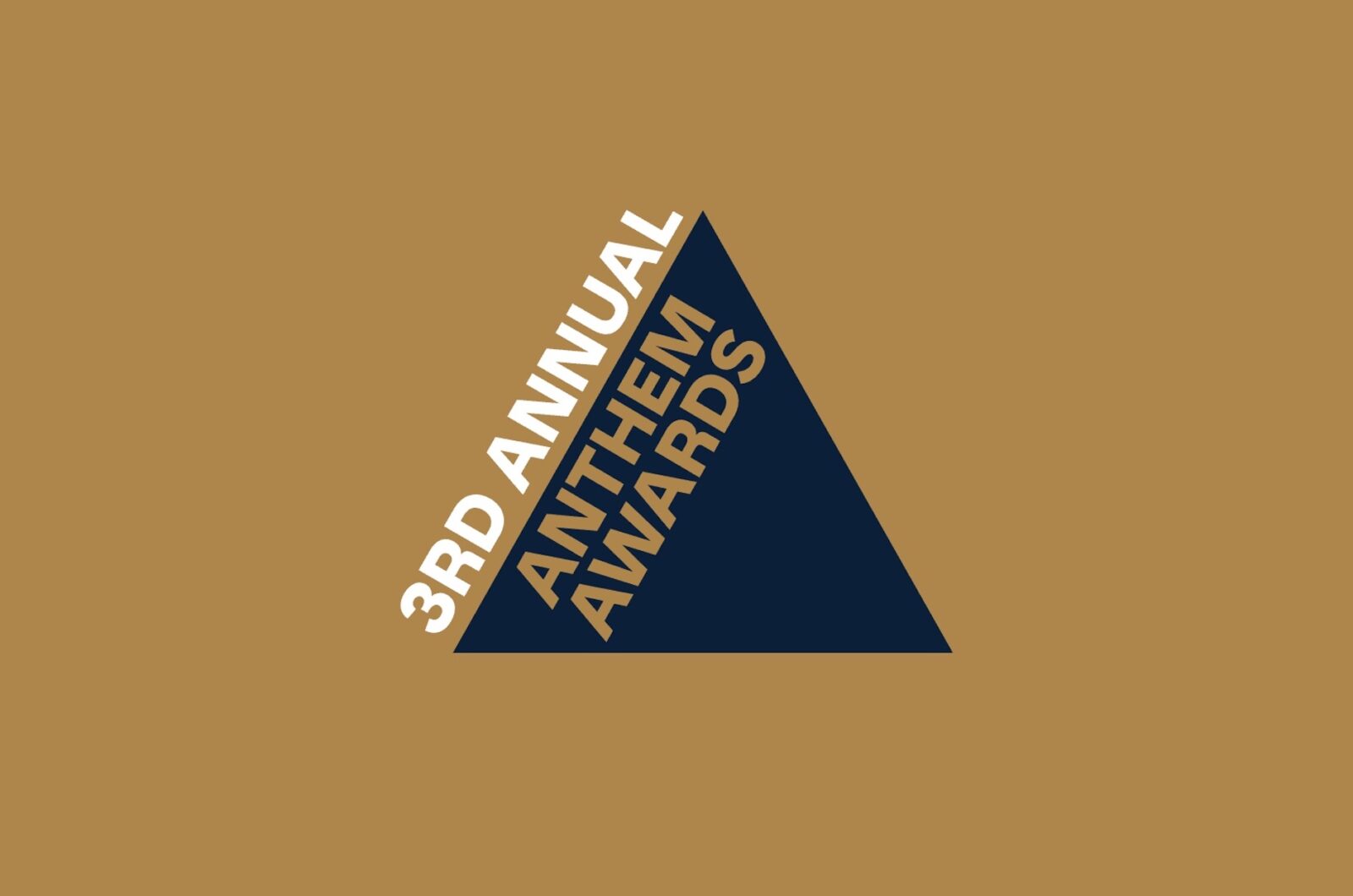What does it really take to create an international climate accord?
Laney Allen
|June 1, 2017

In March of 2017, I drove to UNC Chapel-Hill for what I heard was a “climate simulation.” I didn’t think much about it until I showed up and had no idea what I was going to do that day.
When the room that Climate Leap and ACE were meeting in was prepared for the students, I went inside and saw a table with a bunch of name tags on it. I had arrived at the World Climate Simulation, a role-playing exercise of the UN climate change negotiations designed by Climate Interactive. Each name tag had the flag of a particular region of the world on it: there were name tags with the American flag on them, ones with the European Union’s flag, ones with China’s flag, and others labeled as either “other developed nations” or “developing nations.” Without putting much thought into it, I grabbed an EU name tag, unaware that I had just declared my loyalty as a member of the simulated country.
…So I told the developing nations that if they didn’t give me back the chairs, I’d nuke them.
As a new member of the EU, I was directed to a table with other “officials” who had chosen to join the EU. I noticed that our table had oranges and cookies on it, and a big bottle of water. To my right, the US had the same amount of snacks. When I looked around the room, though, I saw that the table for China and the “other developed nations” had a slightly less copious amount of goodies. The kids who had joined the “developing nations” didn’t even have a table and were seated on the floor without chairs.
Quickly a couple of students explained the purpose of the activity. Role playing as these various nations (or groups of nations), we would try and come to an agreement similar to the Paris Agreement on climate change that would benefit all of us. We had to decide how much money to put towards a group fund for climate change, and that group fund would help out the developing nations as they would try to make more environmentally friendly infrastructure. We also had to figure out how much money we would spend on preventing deforestation and renewable energy.
The exercise was a lot more difficult than I had anticipated. I had assumed, since all of the students that were roleplaying in this activity were climate activists, that the experience would be easy, and we’d come to a quick, environmentally-friendly solution. It did not turn out that way. All of the students became heavily involved in the role-play and acted their parts well, which made it difficult to get any work done. My group, the EU, began to bribe the countries around us into picking environmentally friendly choices with snacks.
Coming to a resolution to save the environment that benefitted all people involved is hard, but we learned that it was possible.
At one point, we even traded our chairs to the developing nations in the hopes that they’d raise their goals for renewable energy. When they didn’t follow through with their promise to us, I demanded they give us our chairs back. But then they said they gave the chairs to China in exchange for money. So I told them to get the chairs back from China. But China didn’t want to give the chairs back. So I told the developing nations that if they didn’t give me back the chairs, I’d nuke them.
And that was when the first round ended.
Using an online calculator, we found that the agreement we came to wasn’t good enough. The global temperature, at the rate we had decided on, would still climb a couple degrees. So we began a second round of debating to try and use more renewable energy, donate more money, and plant even more trees to stop the effects of climate change.
But it didn’t work the second round either. The rate of temperature change was slower than it would have been without our simulated efforts, but it still wasn’t good enough.
Despite being unable to come to the perfect agreement, I had a really fun time at the world climate simulation. It taught all of the students that participated something very important–that coming to a resolution to save the environment that benefitted all people involved is hard. But, using the calculator, we learned that it was possible.
We just have a lot of work to do.
Join our Youth Action Network
More Blog Posts

Our Climate Wins Were on Display at the State of the Union
Today, the Biden Administration temporarily halted all pending decisions on 17 Liquefied “Natural” Gas (LNG) projects across the Gulf South.
Read More
ACE Honored As An Anthem Awards Finalist
Action for the Climate Emergency (ACE) announced today that it won Bronze in Best Use of AI at the 3rd …
Read More
BREAKING: Biden Halts LNG Export Expansion
Today, the Biden Administration temporarily halted all pending decisions on 17 Liquefied “Natural” Gas (LNG) projects across the Gulf South.
Read More
